Boeing converted its 767 airliner into a military tanker that can refuel other planes midair — meet the KC-46A Pegasus
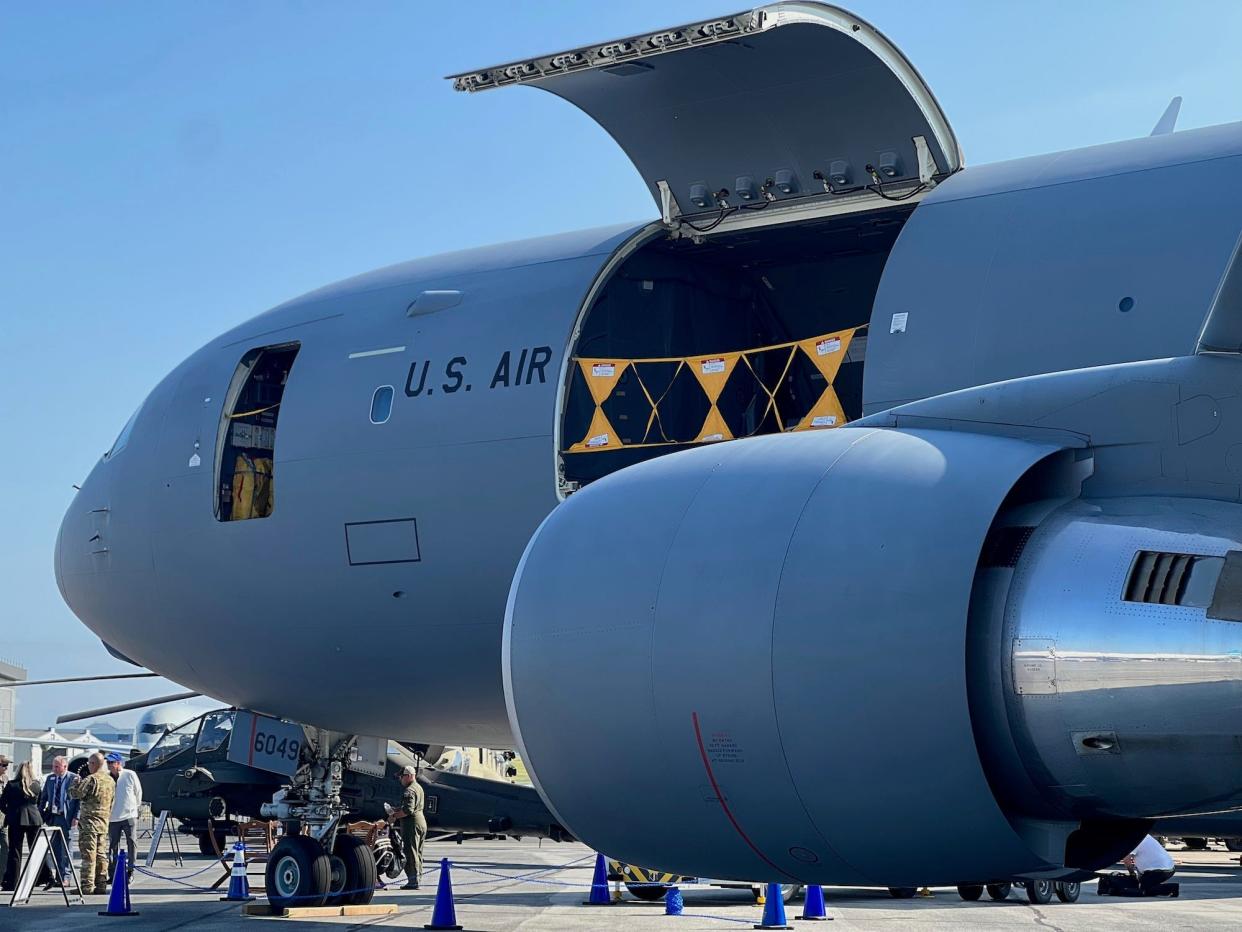
Boeing's newest military tanker is the KC-46A Pegasus, which can refuel other planes in midair.
The jet is in service with the US Air Force, but costly flaws have plagued production since 2011.
Insider toured a USAF Pegasus plane at the Paris Airshow in June to learn more about the program.
Boeing is one of the world's leading defense manufacturers providing advanced military aircraft for the US armed forces and allied nations.
The Department of Defense is the company's biggest federal customer, with dozens of multi-billion dollar contracts for everything from fighter jets and tankers to combat helicopters and freighters.
While Boeing's defense arm is military-focused, it has used its commercial planes as a blueprint for production. One of its biggest — yet controversial — jets is the KC-46A Pegasus aerial refueling tanker, which was derived from the Boeing 767 widebody airliner.
The Pegasus is Boeing's newest air refueler, having started production in February 2011 and sending its first to the US Air Force in January 2019. In total, the KC-46A has amassed over 130 orders worldwide, including a recent $2.3 billion contract with the USAF for 15 more.
The multi-mission jet will replace the USAF's aging KC-10 and KC-135 tankers, the latter dating back to the Cold War.
The USAF says the KC-46A is favorable thanks to its "greater refueling, cargo, and aeromedical evacuation capabilities compared to the KC-135," but has complained of the tanker's flawed vision system.
Boeing brought its Pegasus plane to the Paris Airshow in June 2023. Insider toured the jet and spoke with KC-46A crew members to learn more about the program — take a look.
The Boeing KC-46A has been bought by countries like Japan and Israel but the USAF is the biggest operator with 68 in its fleet, though it plans to buy a total of 179.
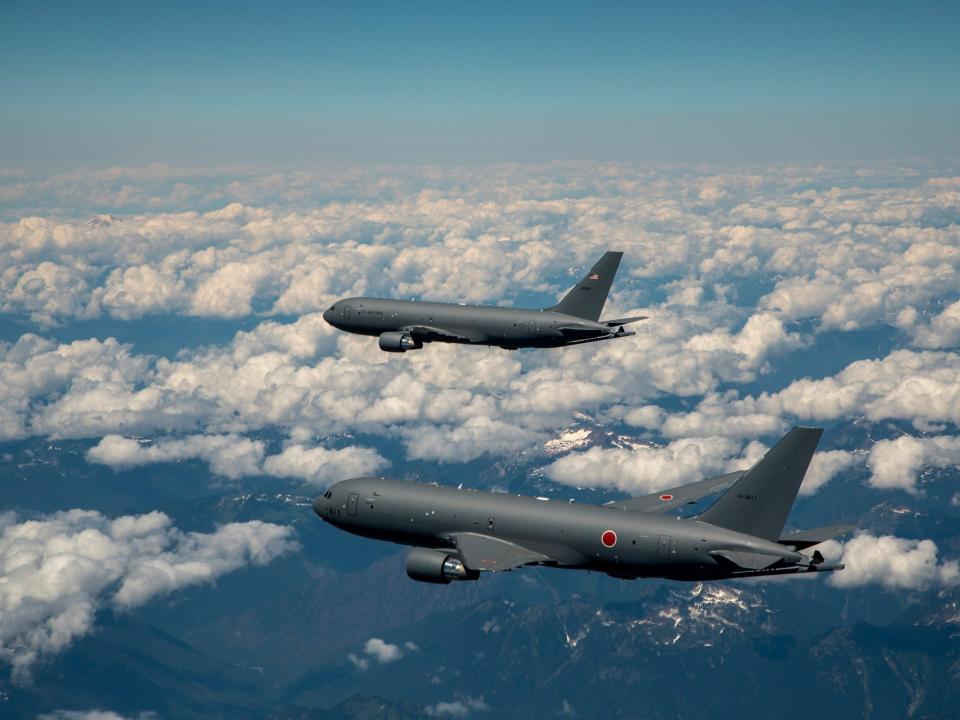
Source: Boeing
Powered by two Pratt & Whitney PW4062 engines, the tanker is about 165 feet long with a 156-foot wingspan, making it a little longer than the Boeing 767-200ER commercial plane.
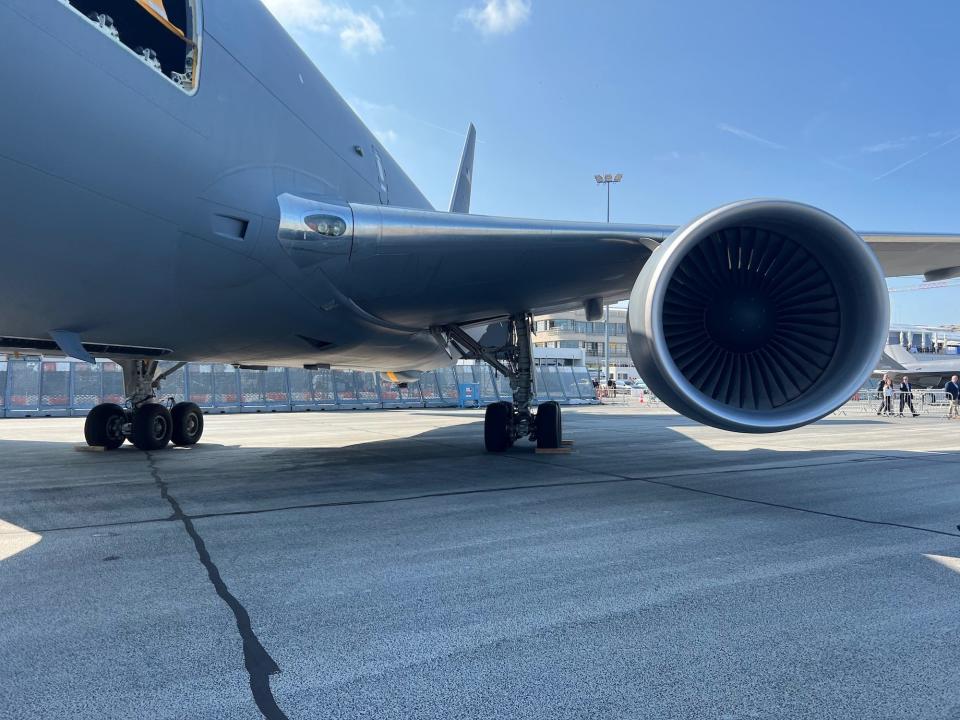
However, it comes with dozens of modifications that optimize it for specialized military missions, like adding threat detection and flight deck armor…
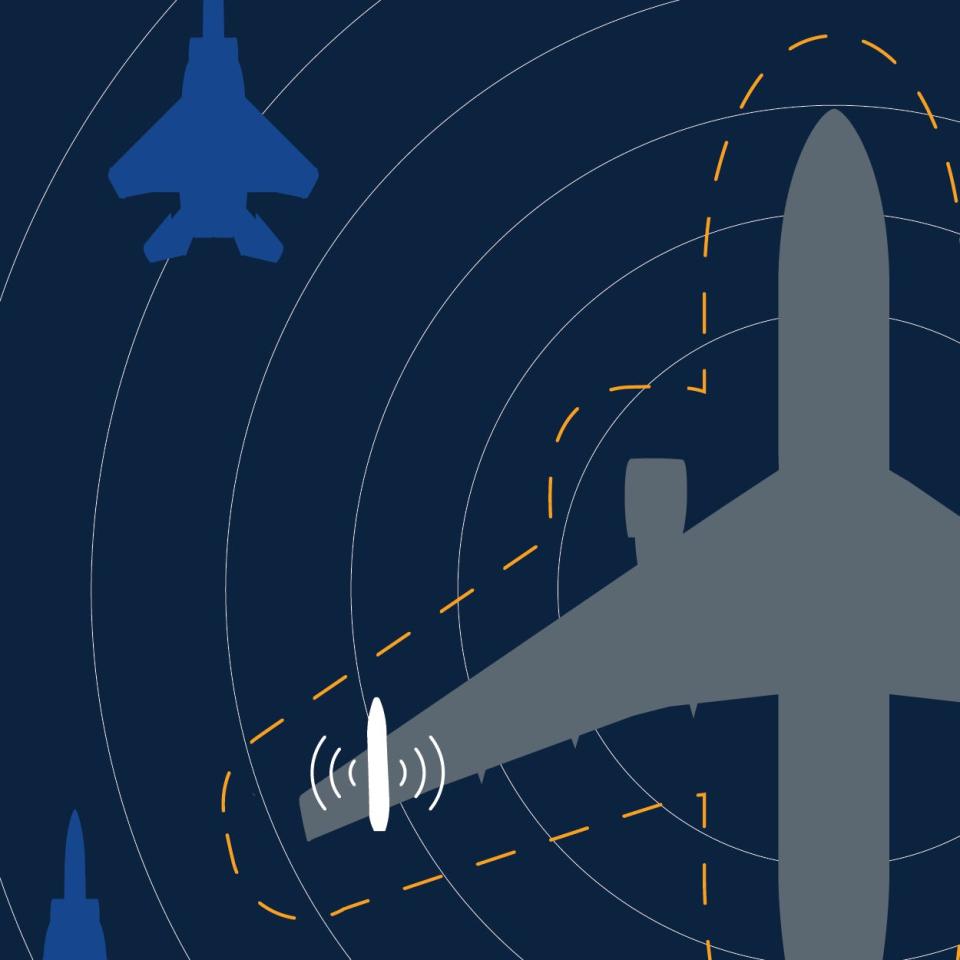
…and swapping out the dated avionics for the next-generation systems used on the Boeing 787.
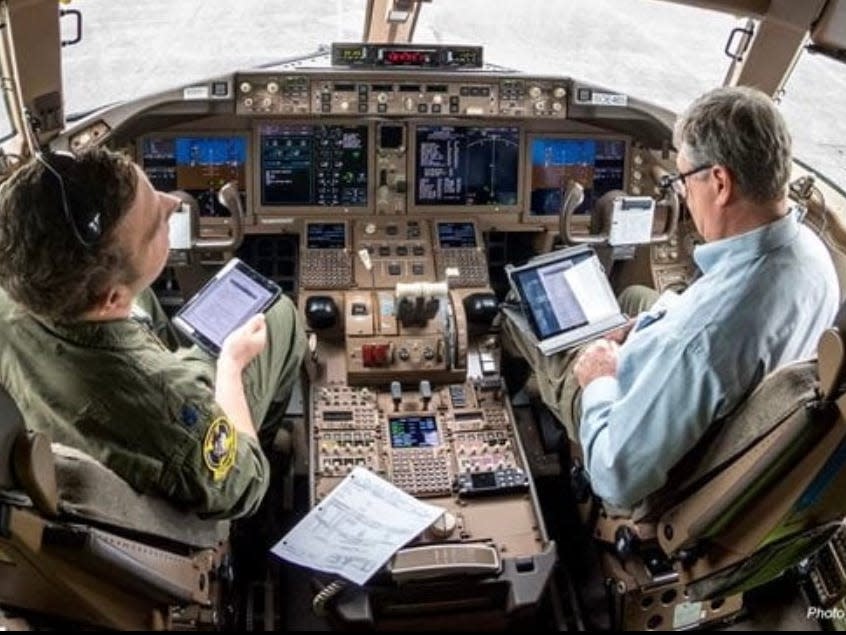
But most important is the KC-46A's ability to fuel another aircraft midair — think a flying gas station. According to a KC-46A pilot based out of Witchita, Kansas, the plane uses a "boom" system to refuel Air Force assets…
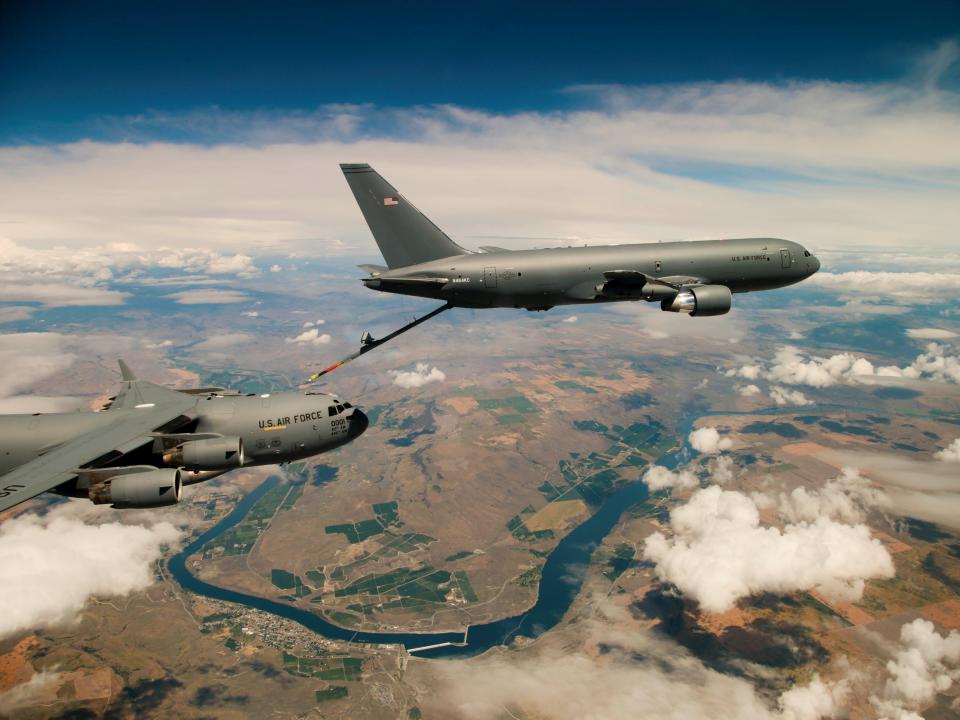
…and a "hose-and-drogue" system to refuel navy and NATO assets, noting the plane's versatility for different customers.
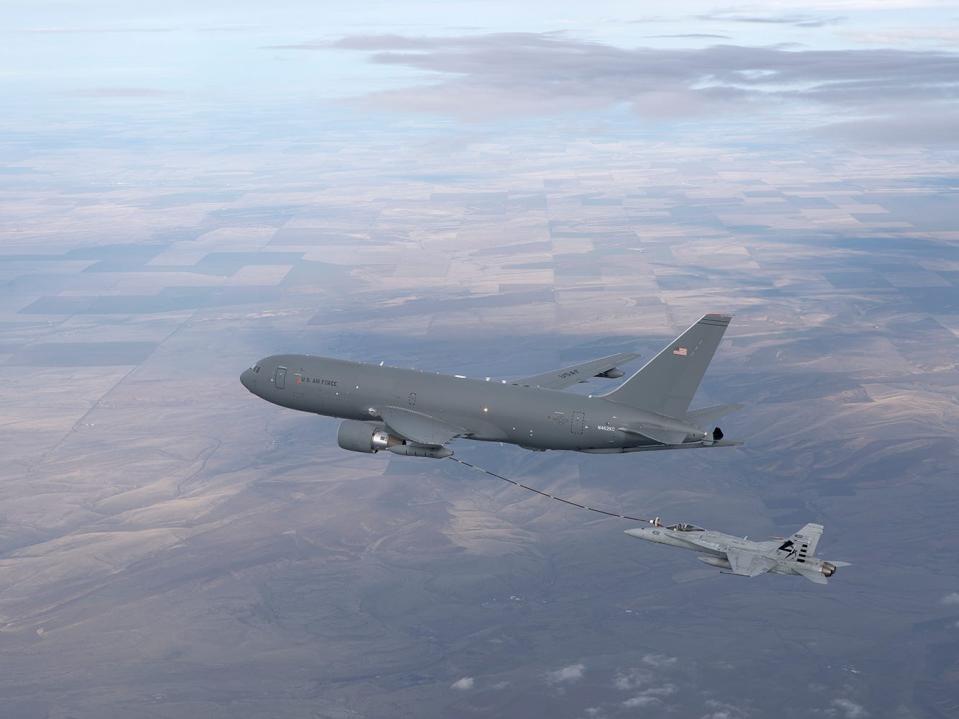
"The boom will be lowered down, and then we will use visual references to get into position," he told Insider at the Paris Airshow in June. "There are also lights underneath the aircraft to indicate what to do, like to move forward or aft."
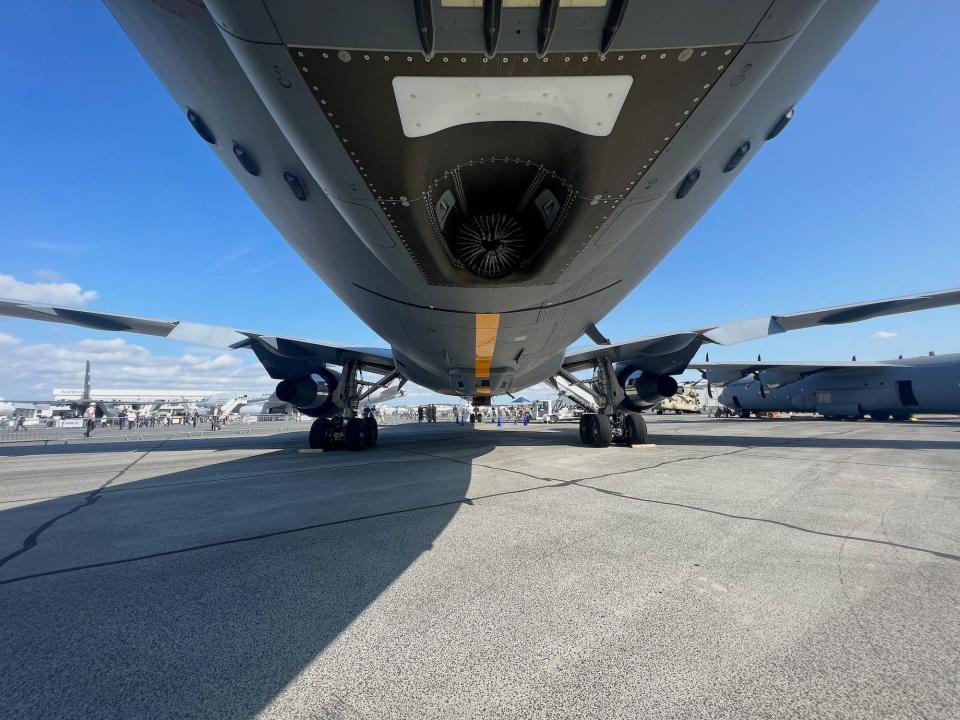
The Boom Operator manages all of the refueling systems from an Aerial Refueling Operator Station (AROS) at the front of the aircraft.
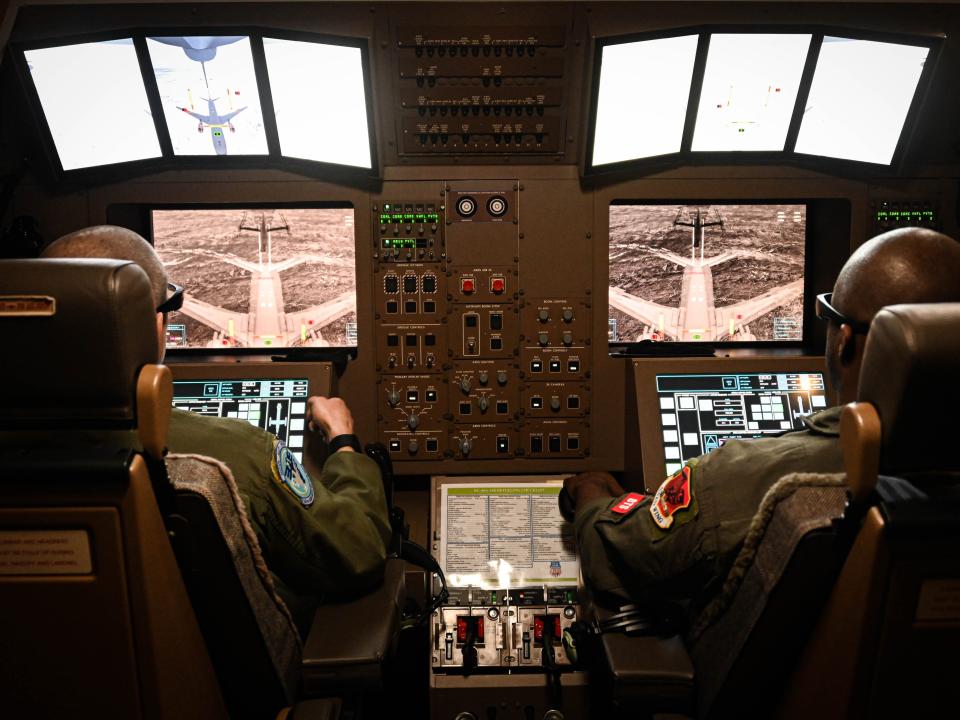
A boom operator, who has worked on the KC-46A for about a year, told Insider at the airshow that there are cameras, sensors, and displays that help the crew refuel remotely.
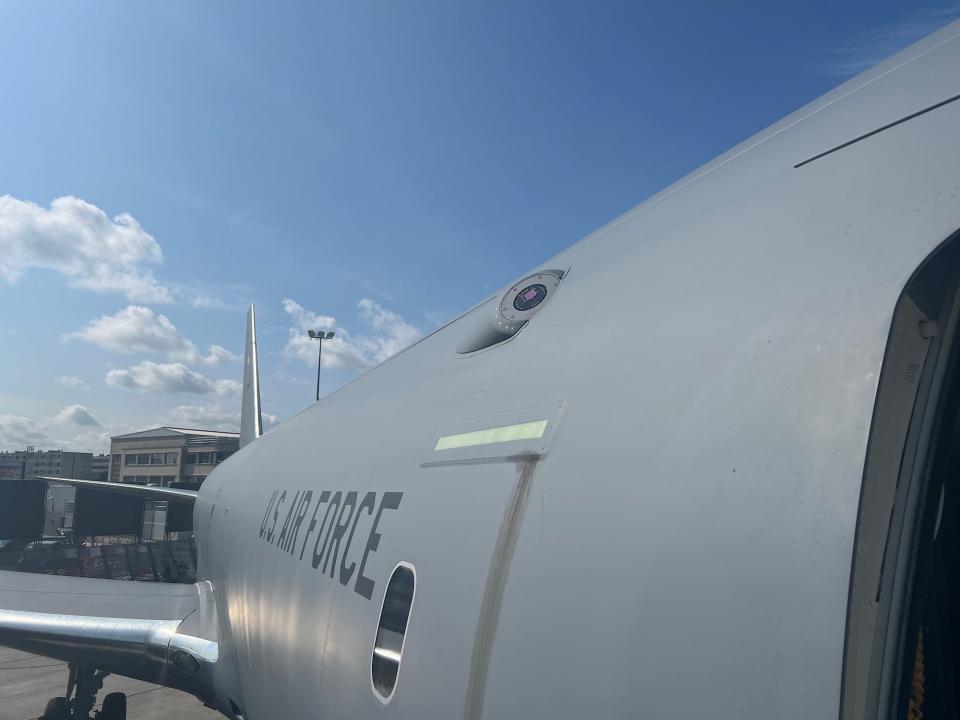
This replaced the boom pod that existed on the KC-10 Extender and the KC-135 Stratotanker that required operators to look out a window to steer the boom to the receiving plane.
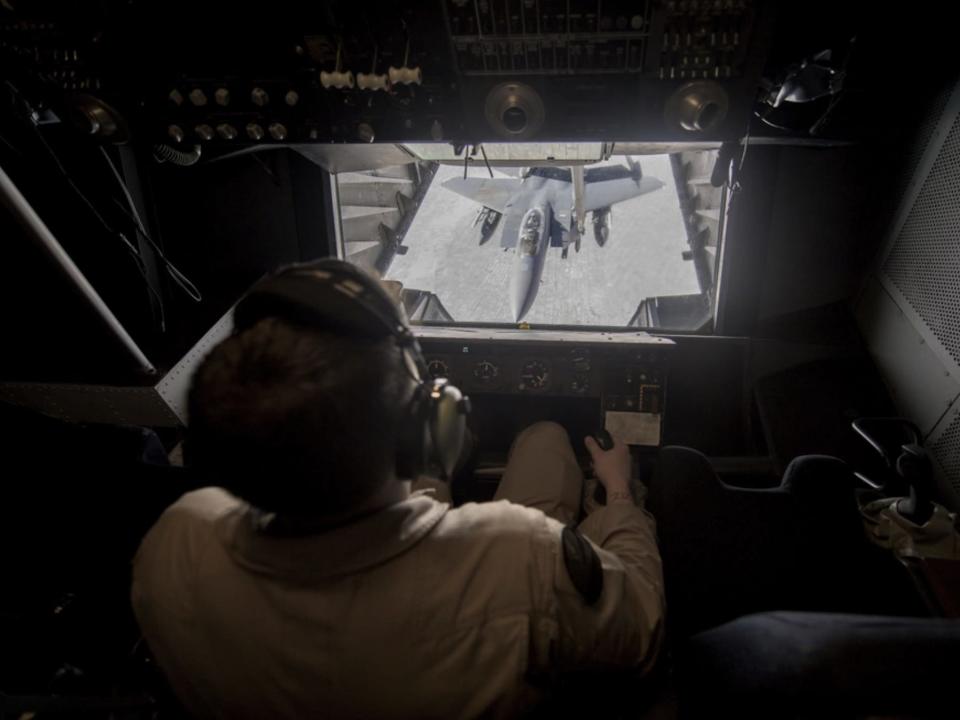
KC-135 boom operators actually had to lie on their stomachs to control the boom system.
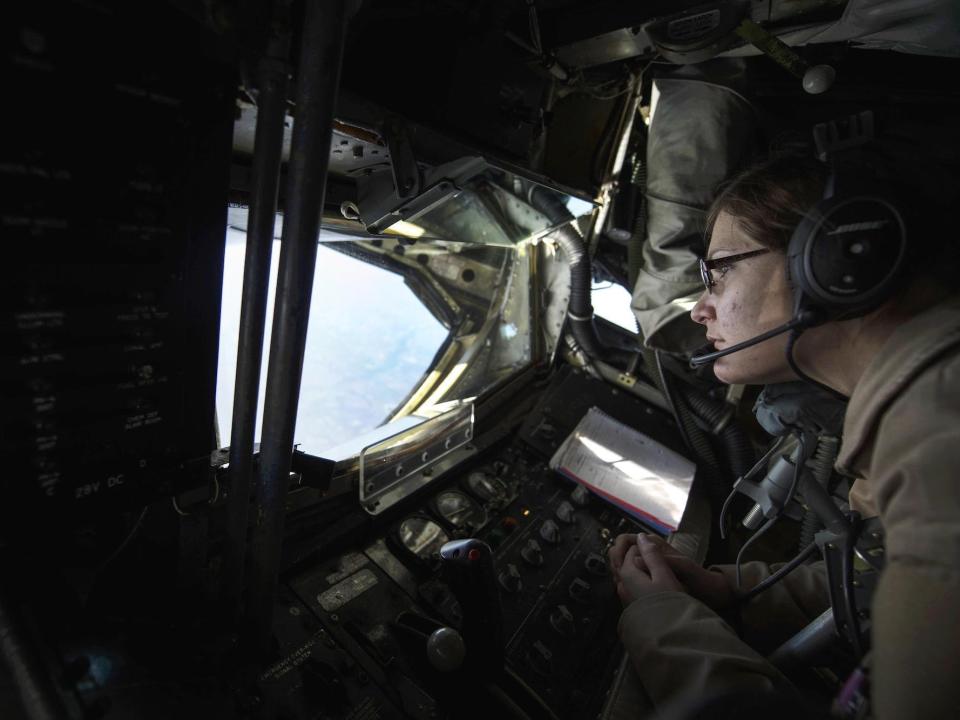
While the innovation made nighttime refueling easier, there was controversy over the Remote Vision System that feeds visual information to the operators.
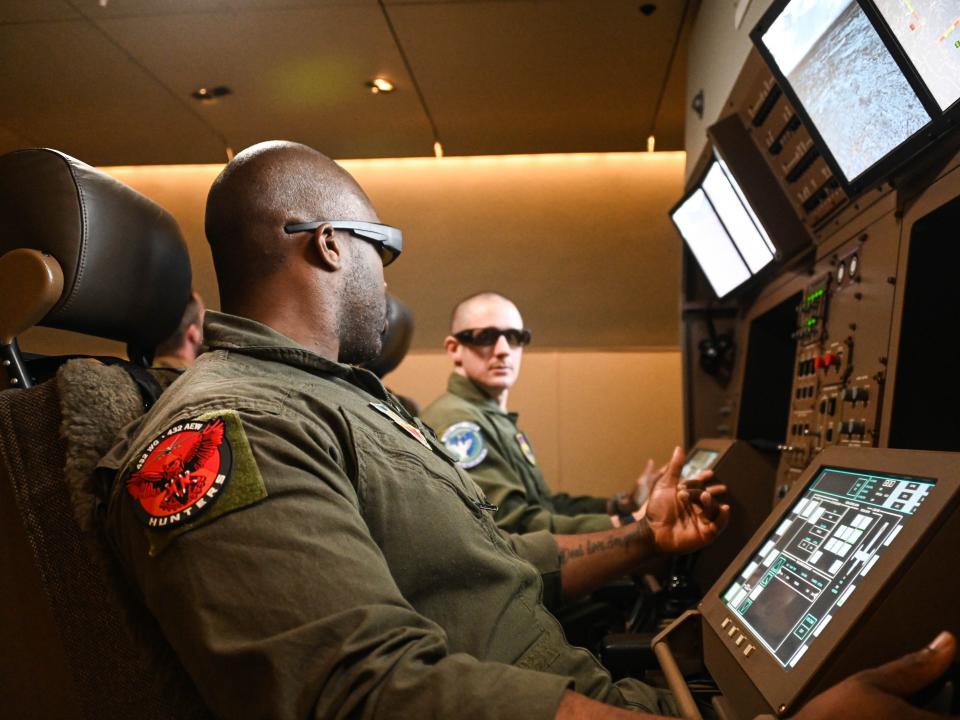
"There is a slight difference between the motion viewed in the RVS versus what is actually occurring in the physical world," an Air Force official told Defense News in 2019. "All of those things can create a depth compression and curvature effect."
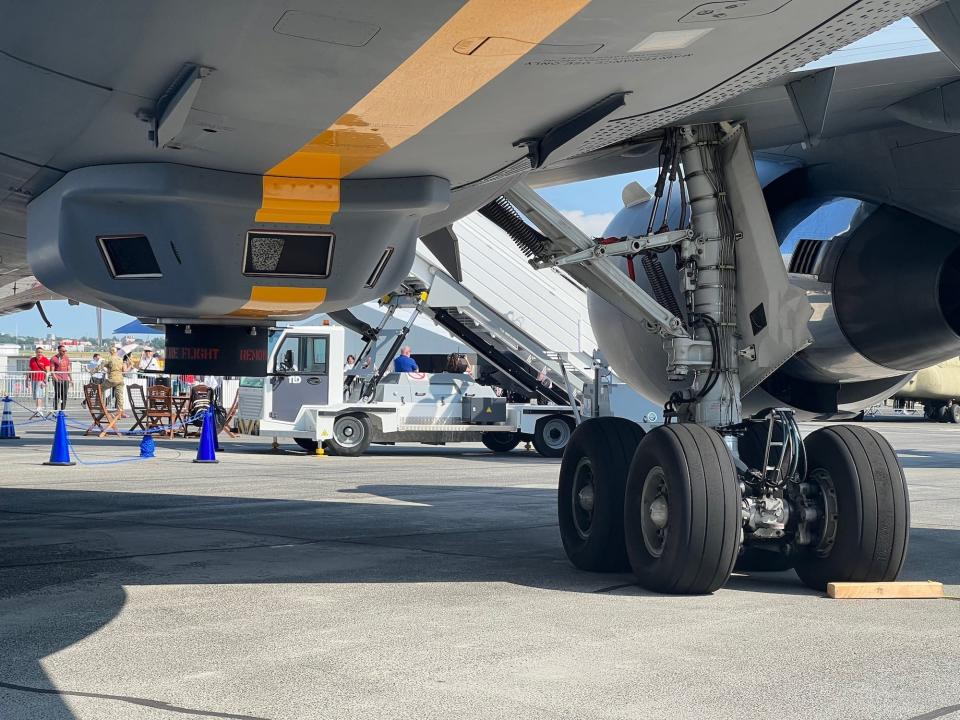
Source: Defense News
Shadows and other lighting illusions also impact the displays, causing operators to potentially mismanage the boom and swing it into the receiving aircraft.
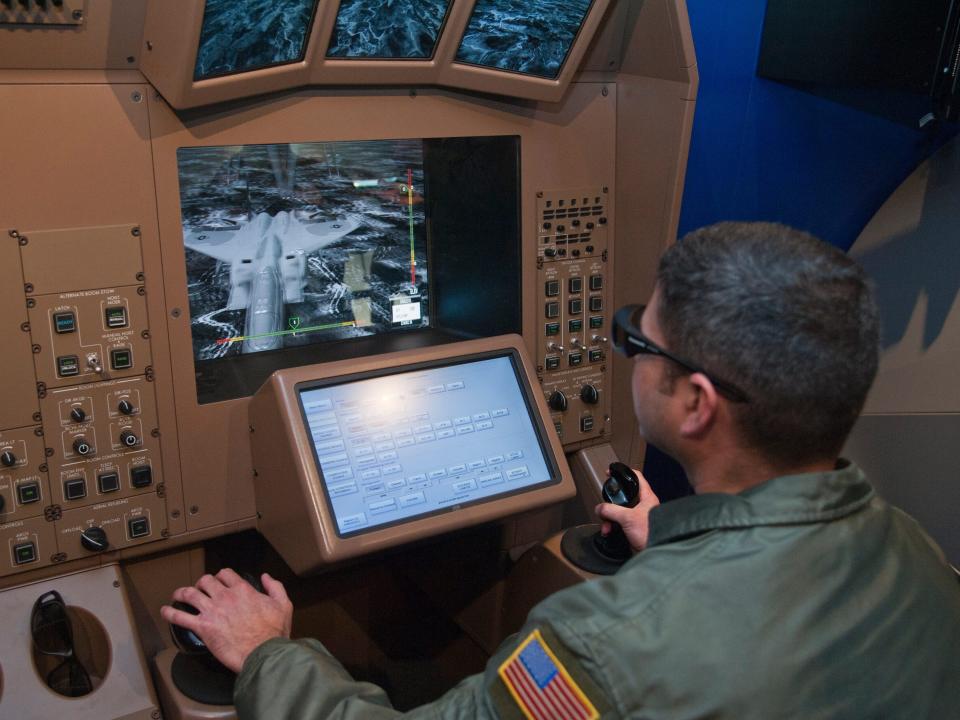
Fortunately, the American planemaker agreed in 2020 to revise the system, which includes 4K cameras and 3D imaging to eliminate the lighting problem.
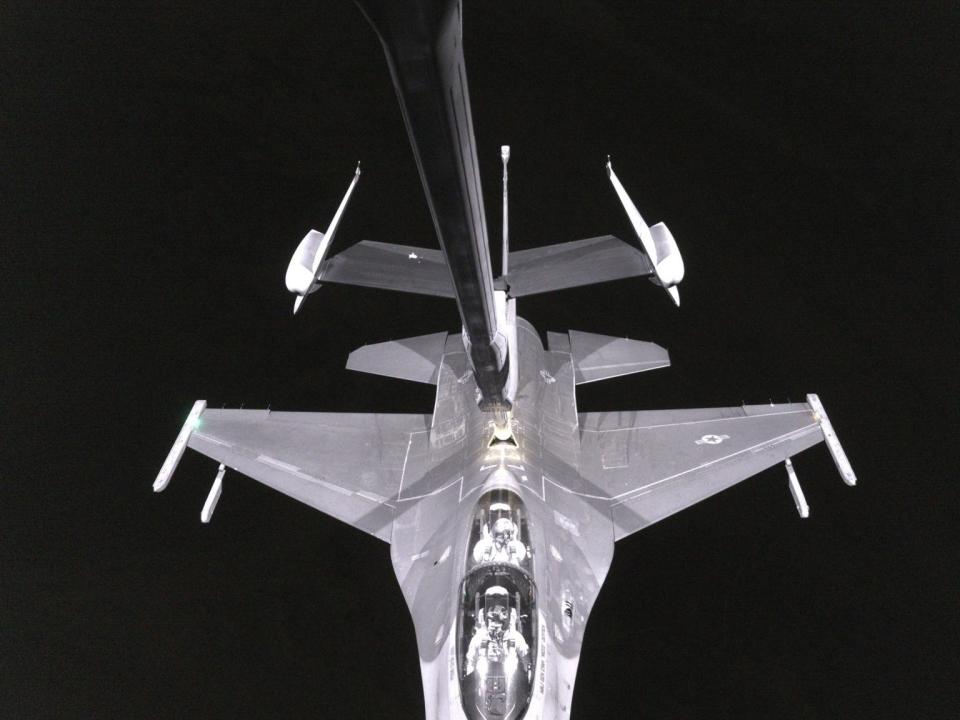
"We have the demos, we have the videos, we've flown it on [Boeing] planes, and it looks magnificent," Lieutenant Colonel Joshua Renfro, the head of the Air Force's KC-46 cross-functional team, told Defense News in January.
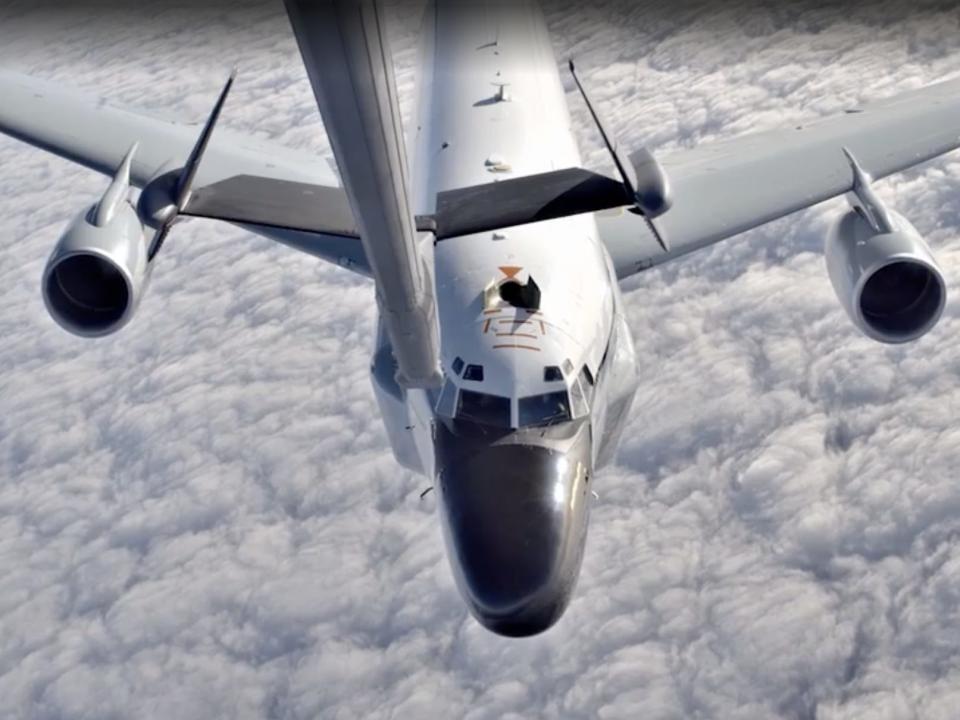
Source: Defense News
However, RVS 2.0 will still take years to implement, and Boeing has to foot the staggering $551 million bill.
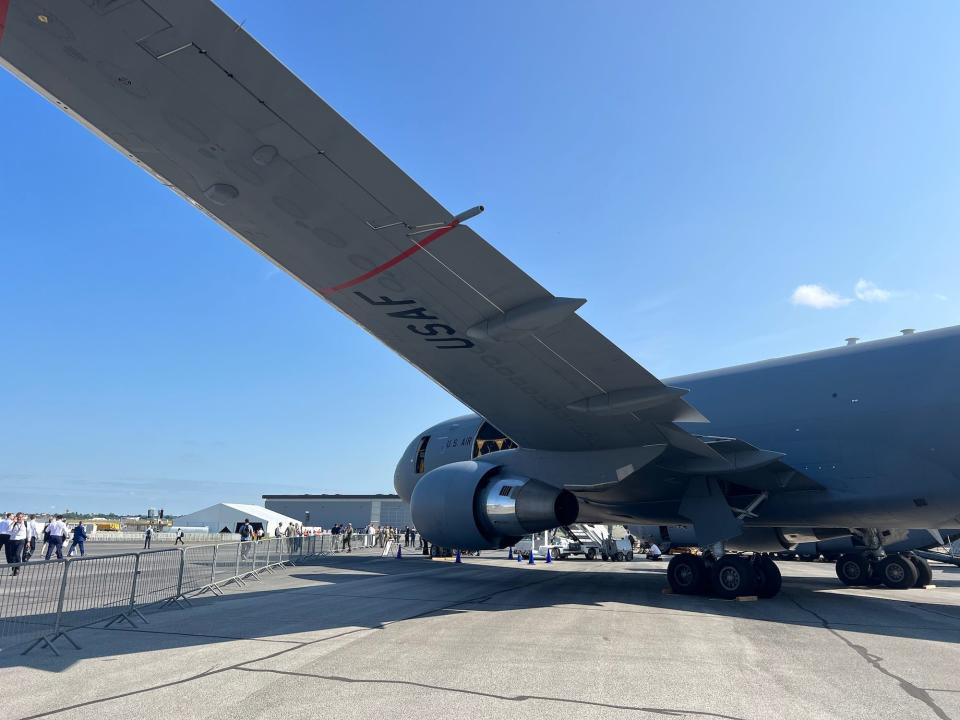
Source: Air and Space Forces Magazine, Defense News
But, that is just one piece of the over $7 billion worth of losses the KC-46A program has cost the planemaker since it won out over Airbus for the KC-135 replacement contract 12 years ago.
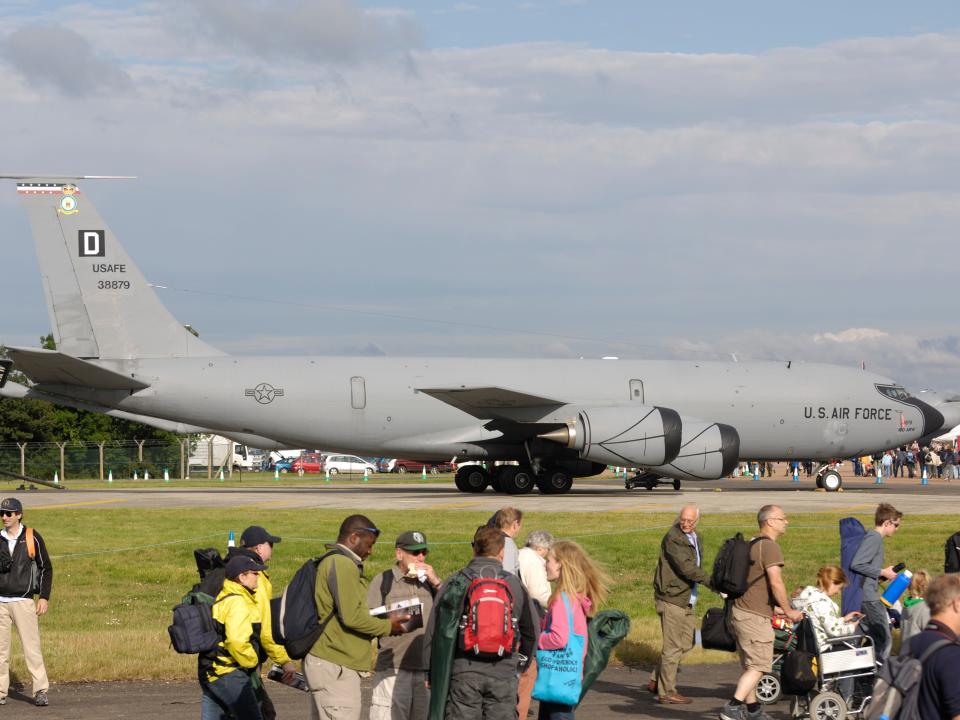
Other expenses have involved events like a supplier improperly manufacturing the center fuel tank on some KC-46As, which halted deliveries of the Pegasus, the Air Current reported in March.
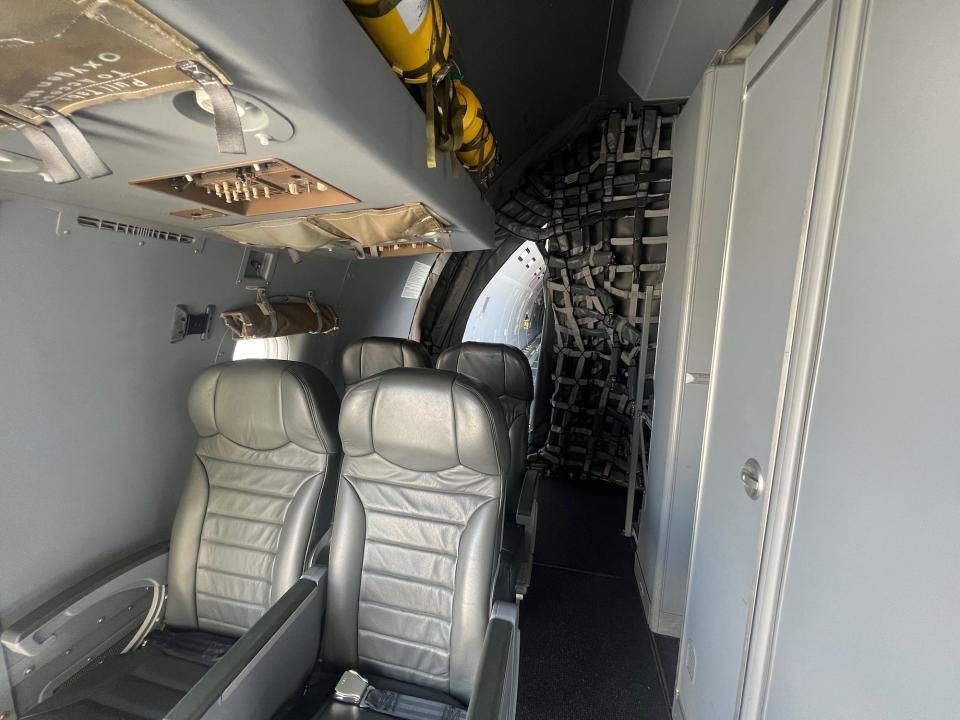
Source: The Air Current
"The good news is we understand it and we're progressing through that rework," Boeing CEO Dave Calhoun said during April's 2023 quarter-one call. "On the operational side, the tanker is continuing to perform its mission well."
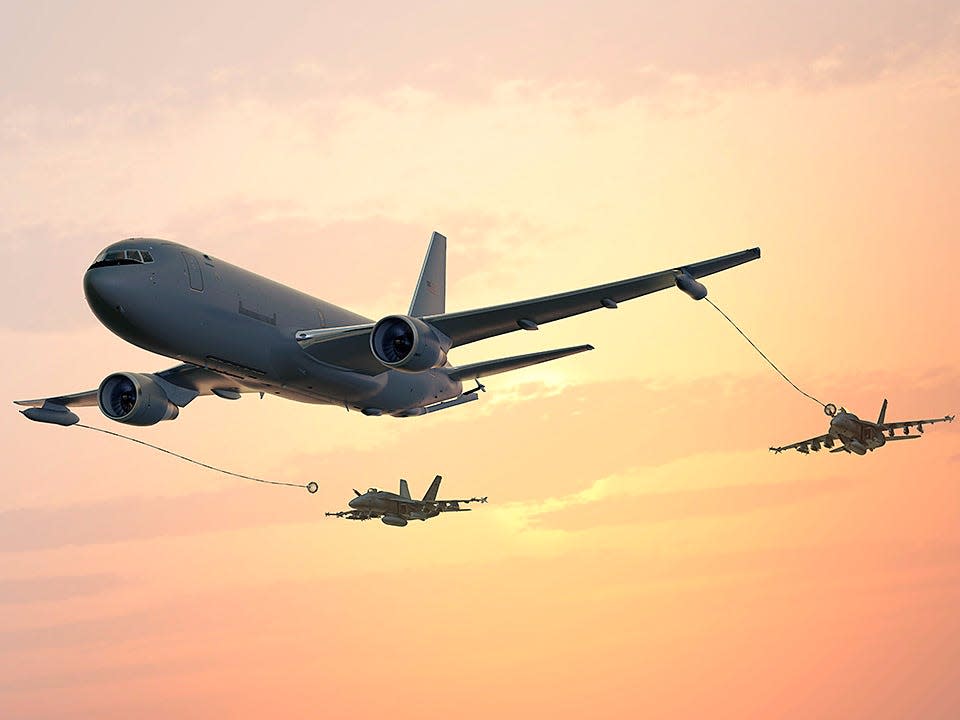
Source: Seeking Alpha
The ongoing issues represent a significant change from the planemaker's 2011 claim that KC-46 production would be a "low-risk approach to manufacturing" thanks to a "trained and experienced US workforce at existing Boeing facilities."
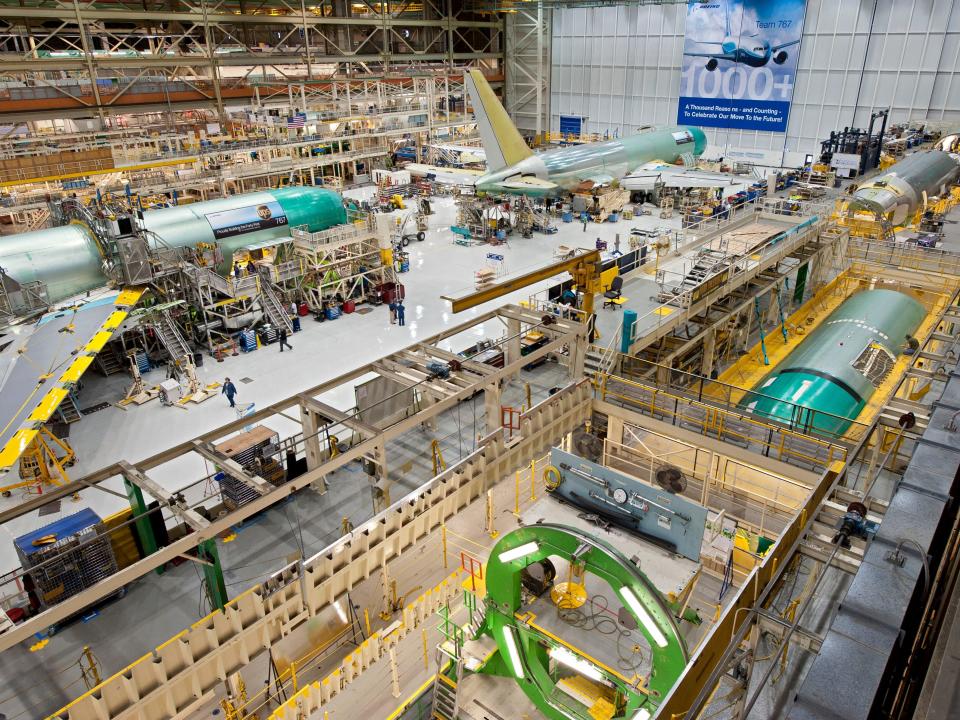
Source: Boeing
Despite the issues and potential further losses caused by the flawed tanks, Boeing Defense's revenue for the first quarter of 2023 was $6.5 billion — an improvement of more than $1 billion compared to the same quarter in 2022.
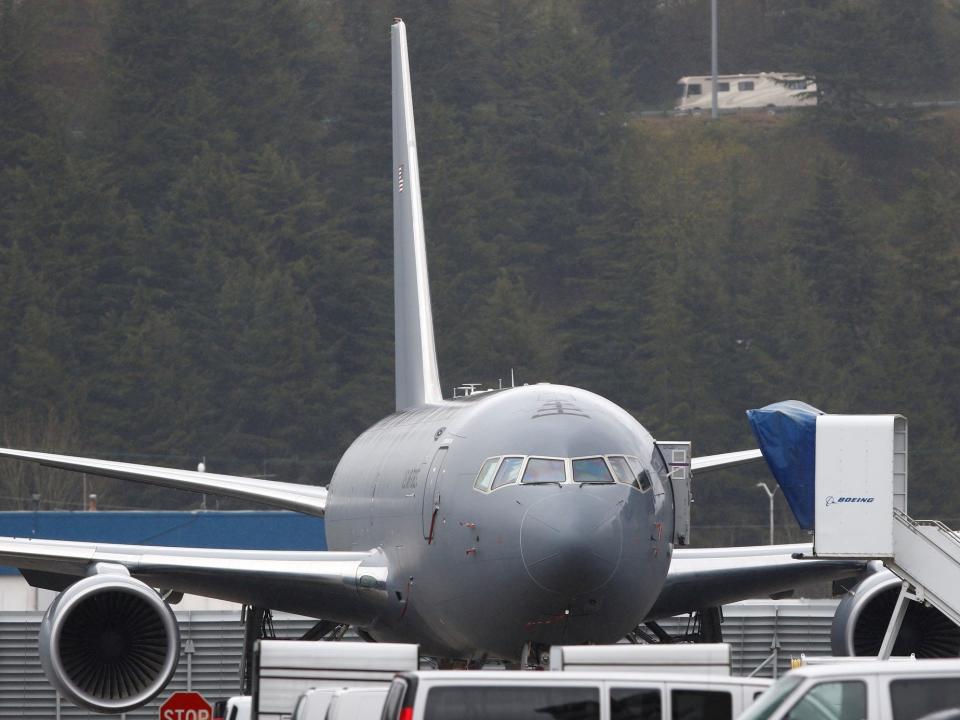
Source: Boeing
And, Calhoun noted the USAF's recent order for the KC-46A, as well as for 186 Apache helicopters, indicated strong demand for military aircraft.
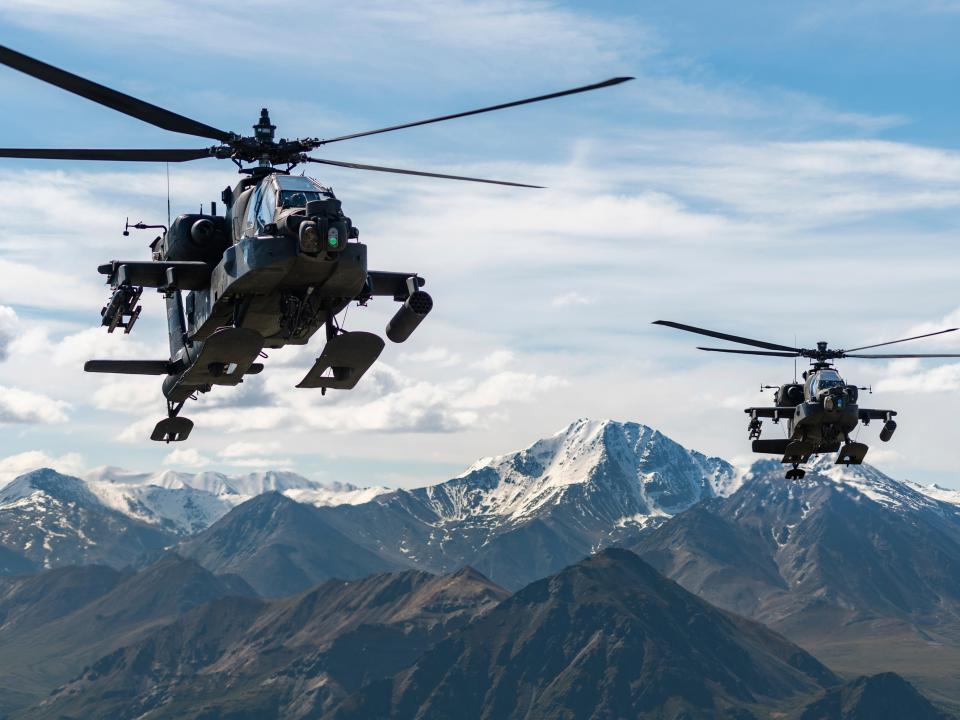
Source: Seeking Alpha
Particularly since the KC-46 can still safely refuel almost all aircraft around the world — minus the A-10C Thunderbolt II "Warthog" attack jet, but that plane may be completely retired by 2029.
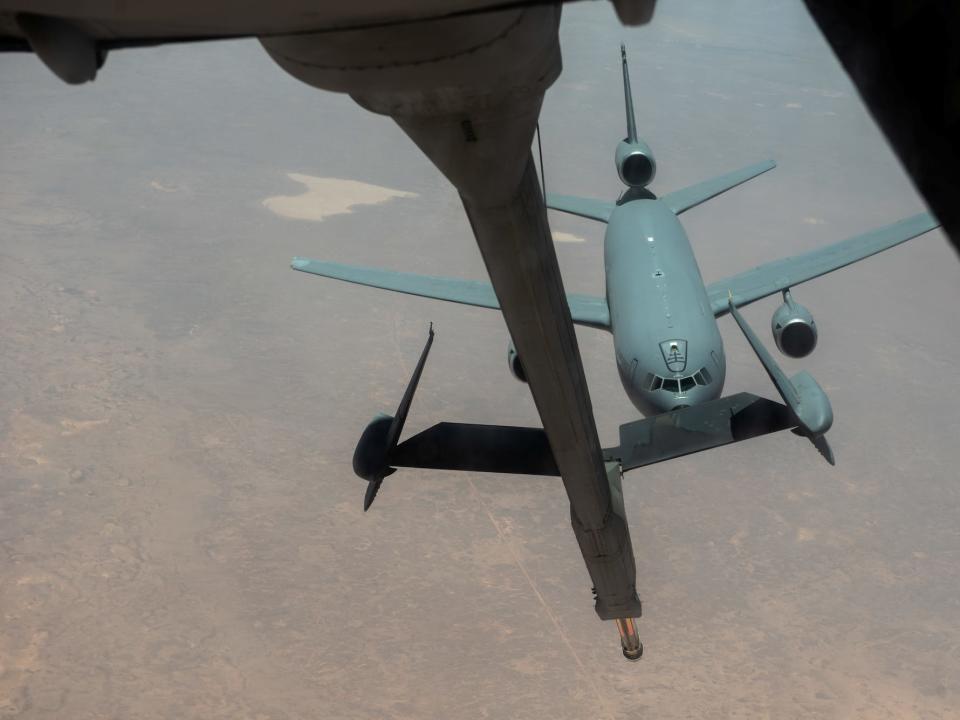
Source: Defense News
"The [KC-46A] is the most capable aircraft in my inventory right now," Air Mobility Command head Gen. Mike Minihan said in 2022. "I would not, for one second, play politics with the defense industry when it comes to the mission of my command or the lives of the Americans I support."
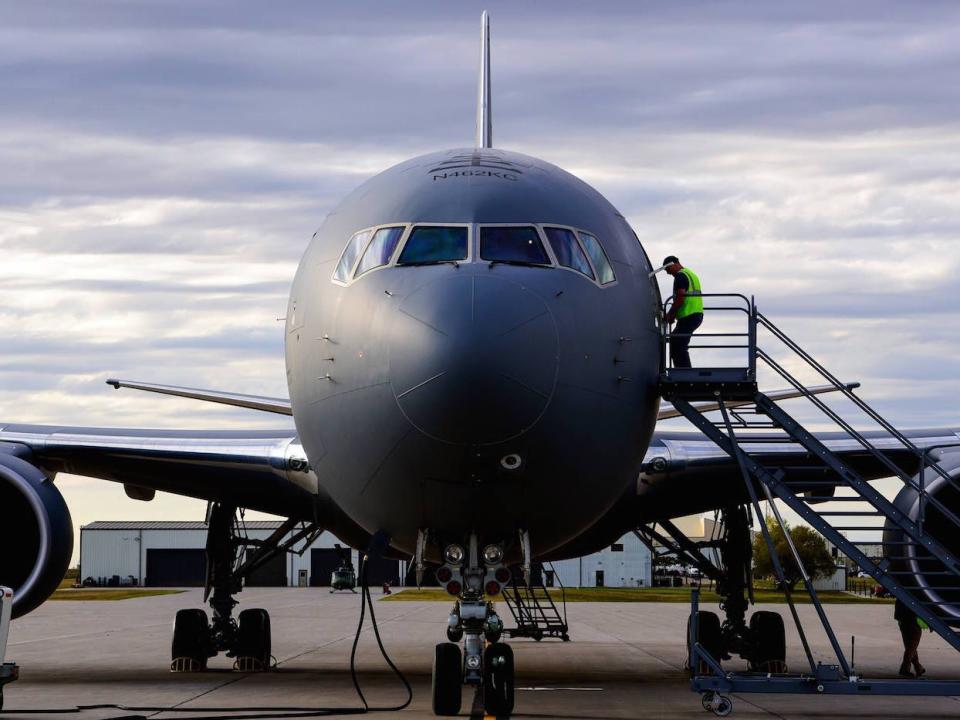
While the Pegasus has its problems, it is still favored for its power, range, and capability, including the ability to receive fuel — allowing it to fly up to 24 hours nonstop.

Having such long-haul missions means the crew members need amenities. The boom operator told Insider there is a galley with an oven, a coffee maker, and a refrigerator, and there is air conditioning onboard.
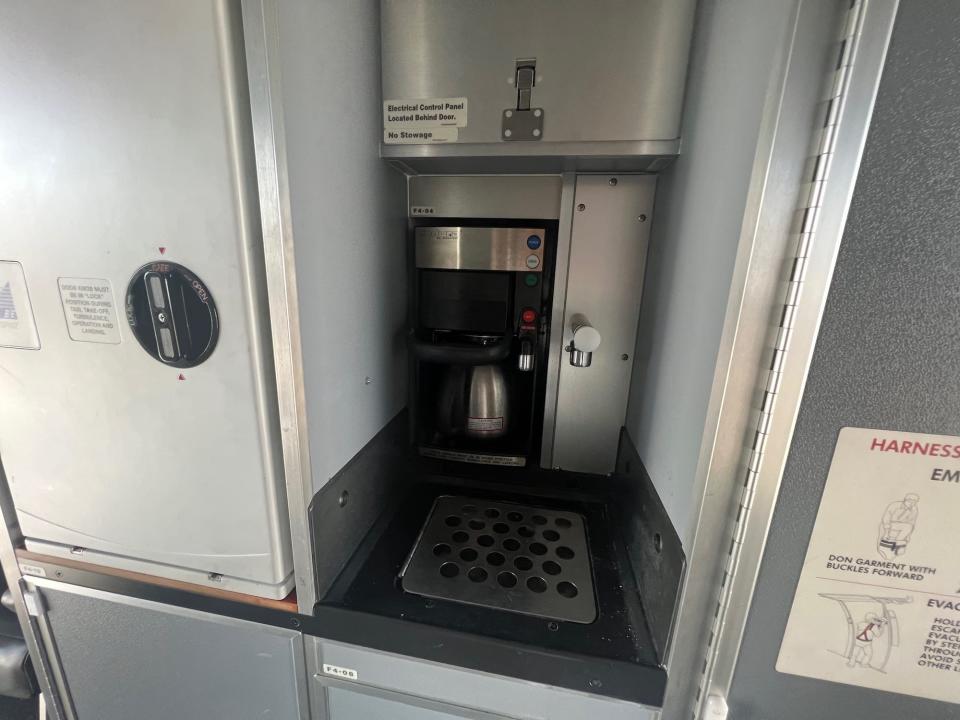
"The KC-135 has none of that and it can get very hot and very cold," she explained. "That's what I love about the KC-46, it's more comfortable and easier on our bodies."

While the primary mission of the Pegasus is refueling, it also has other purposes, including cargo, passenger, and medical transport.
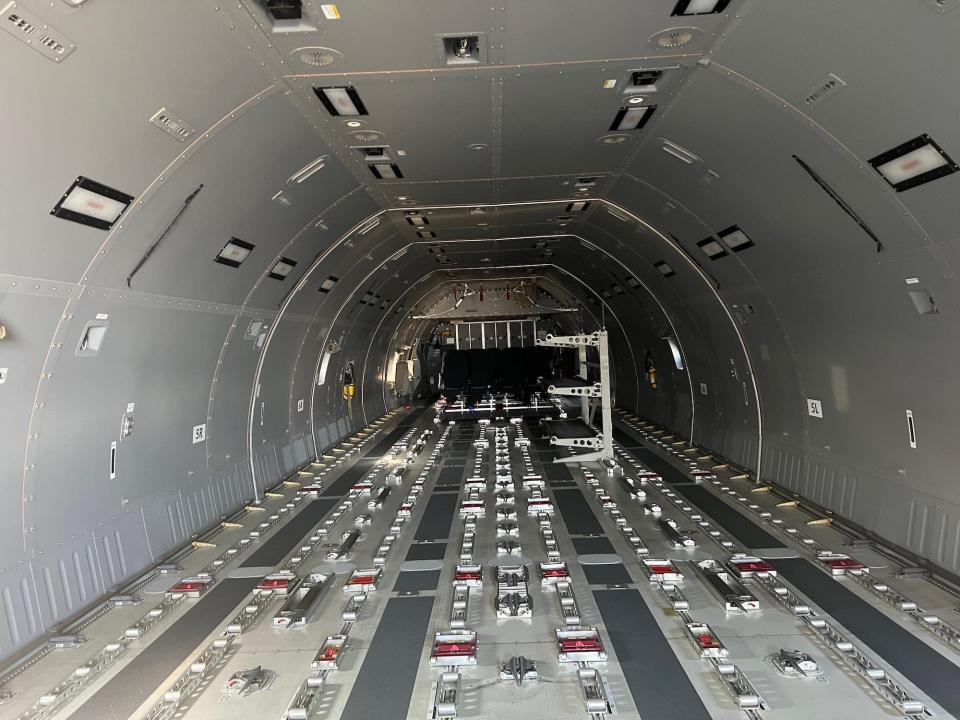
According to Boeing, the KC-46A can be converted in as little as two hours, and more than one mission can be done simultaneously, like carrying people and cargo.

The freight configuration can accommodate up to 65,000 pounds of cargo across 18 pallets, which loadmasters Tetris into the jet via a large side door.

For passenger and medical operations, seat tracks allow the crew to carry up to 114 people or 58 patients inside the cabin.
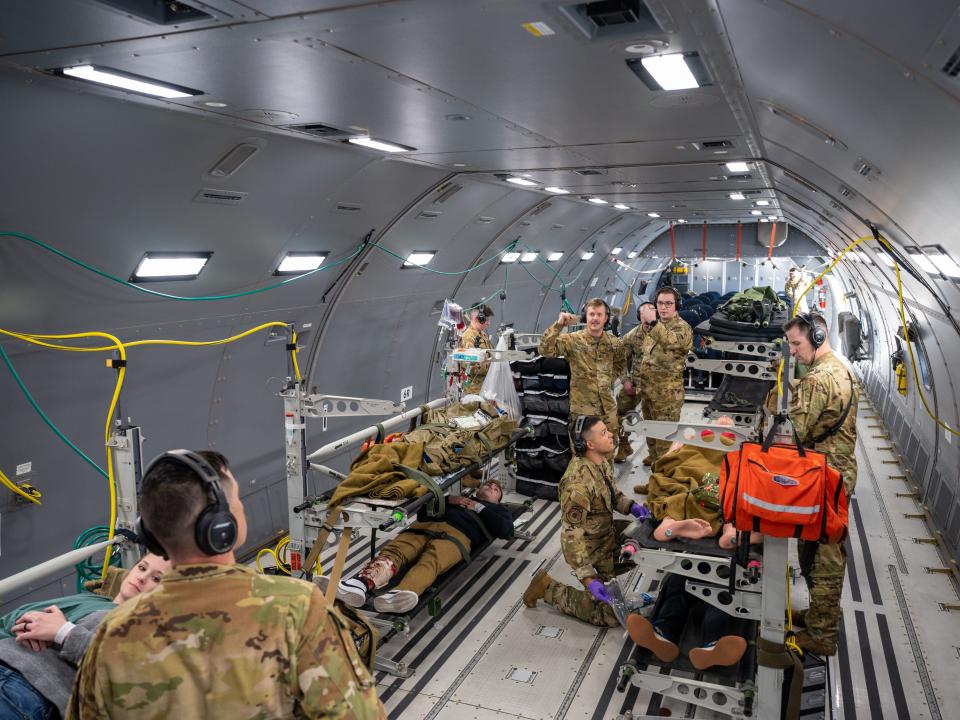
However, the floor wheels can be removed for medical evacuations so doctors and surgical teams do not trip while working.
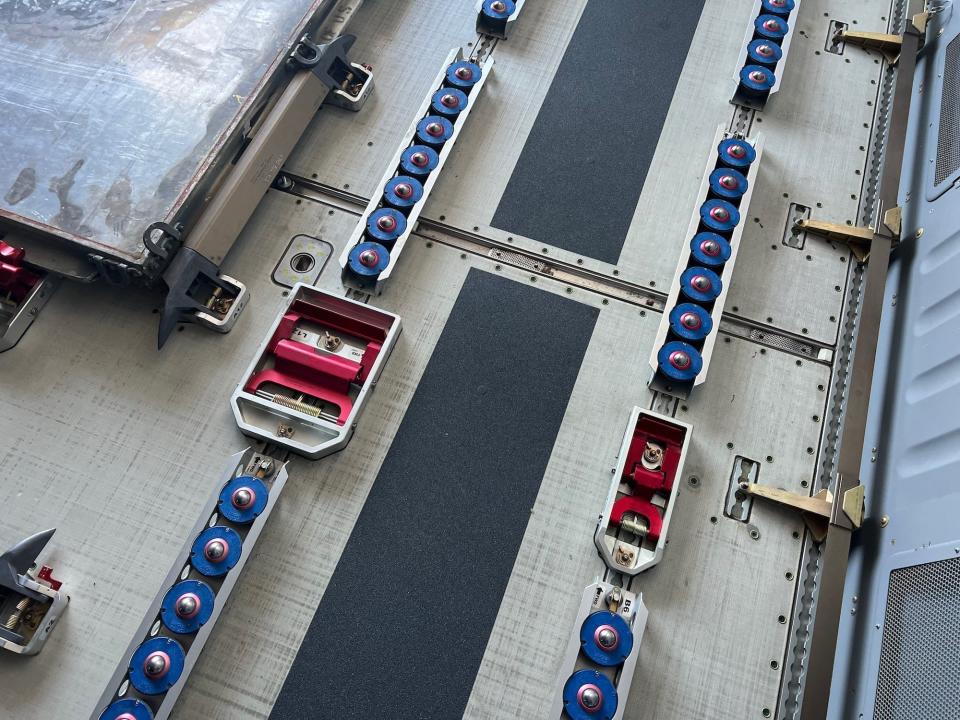
Read the original article on Business Insider


